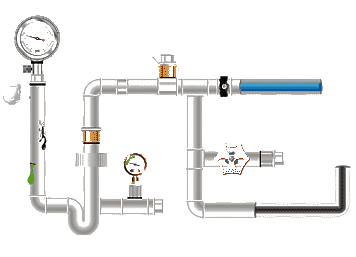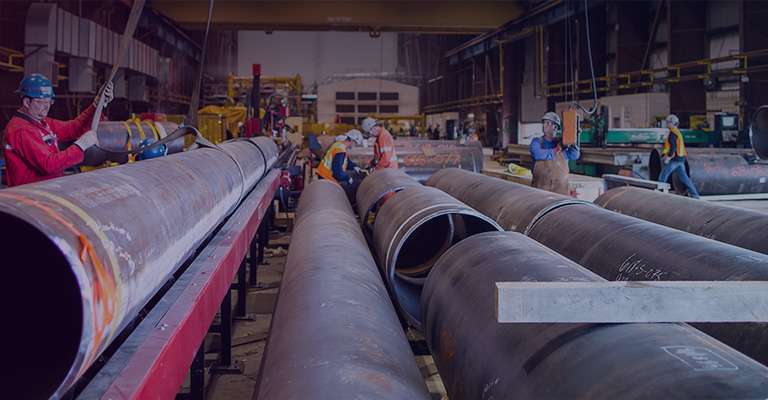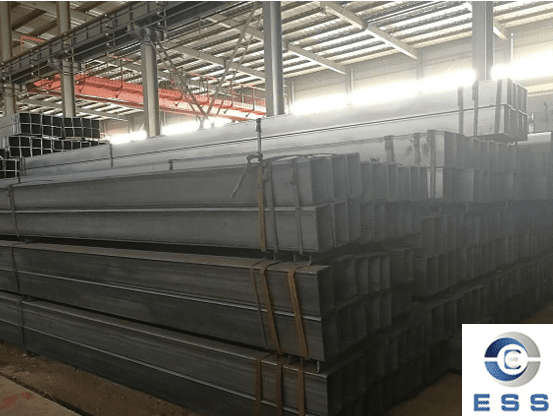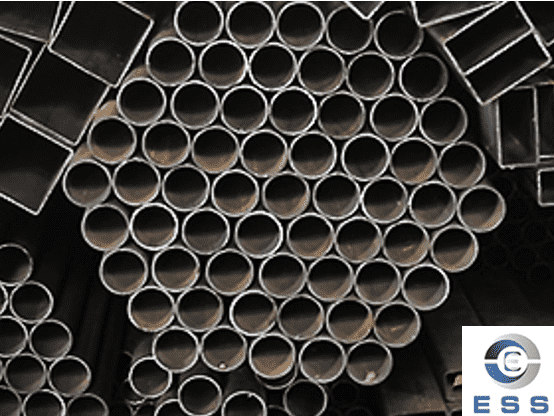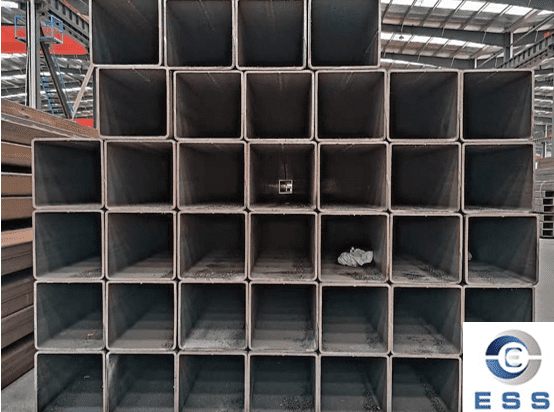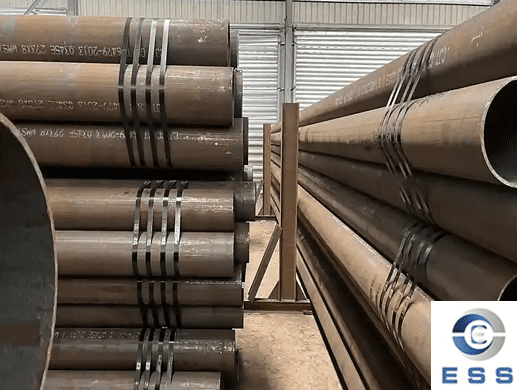
Is cold bending or hot bending better
for mild
steel pipe?
Mild steel pipes are widely used in
engineering manufacturing, building structures, machinery, and the
petrochemical industry due to their moderate strength, good plasticity, and
ease of welding. Pipe bending is an essential process for the practical use of
mild steel pipes, with cold bending and hot bending being the two most common
methods. So, is cold bending or hot bending more suitable for bending MS pipes?
Basic principles of mild steel pipe bending
Mild steel pipe bending involves deforming
a mild steel pipe along a specific curvature using external forces to achieve a
predetermined shape and size.
The quality of a pipe bend depends on
several key factors:
1. Material properties
Different steel materials (such as mild
steel, stainless steel, and alloy steel) have different bending properties.
2. Bending radius
Bending is generally categorized into
large-radius and small-radius pipe bends. The smaller the radius, the greater
the bending difficulty.
3. Bending method
Whether hot bending or cold bending is
used.
Definition and core differences of cold
and hot bending
1. Cold bending mild steel pipe
Definition: The pipe is bent at room
temperature using mechanical force (such as hydraulic pressure or rollers)
without additional heating.
Scope of Application: Suitable for
materials with good plasticity, such as mild steel and stainless
steel pipes, with pipe diameters typically not exceeding DN150mm (6 inches)
and wall thicknesses less than 10mm.
Advantages: Low energy consumption, high
efficiency (a single bend takes approximately 10-30 seconds), and no surface
oxide scale.
Disadvantages: Prone to springback
(approximately 1°-5° requiring
compensation) and cross-sectional deformation.
2. Hot bending mild steel pipe
Definition: The pipe is partially or
completely heated to 800-1200°C (depending on the
material) before bending.
Scope of Application: Commonly used for
hard materials such as carbon
steel pipes and alloy steel pipes, with pipe diameters exceeding DN2000mm
and wall thicknesses exceeding 20mm.
Advantages: Uniform deformation, low
stress, suitable for complex shapes.
Disadvantages: High energy consumption,
requires reshaping after cooling, and requires surface rust removal.
Which is better, cold bending or hot
bending?
|
Comparison Dimensions
|
Cold Bending
|
Hot Bending
|
|
Processing Temperature
|
Room Temperature
|
800~1200℃
|
|
Applicable Pipe Diameter
|
≤ DN150mm
|
DN2000mm and above
|
|
Applicable Wall Thickness
|
≤ 10mm
|
> 20mm
|
|
Forming Speed
|
10-30 seconds/cycle
|
Slow
|
|
Energy Consumption
|
Low
|
High
|
|
Bending Angle
|
≤ 30°Better
|
≤ 180°
|
|
Surface Quality
|
No oxide scale
|
Oxide scale requires treatment
|
|
Cost
|
Low, suitable for large quantities
|
High, suitable for special structures
|
|
Typical Industries
|
Construction, machinery
|
Petrochemical, shipbuilding, energy
|
Cold bending primarily relies on multiple
press brake operations. This method can only process steel pipes with a
diameter of 1-5 cm, resulting in a small bend radius and the pipe is prone to
deformation during processing. However, it is easy to operate and relatively
low-cost, making it suitable for large-volume orders.
Hot bending is a more professional
solution. This method offers better bending results and can handle more complex
shapes, but it is more expensive and less suitable for mass production.
How to choose the right pipe bending
method?
Based on project requirements, you can
consider the following factors:
1. Pipe diameter
Cold bending is suitable for small-diameter
mild steel pipes, offering ease of operation and high precision.
Hot bending is recommended for
large-diameter mild steel pipes to reduce the risk of cracking.
2. Bend angle
For small bend angles (e.g., within 30°), cold bending can meet the requirements.
For larger bend angles (e.g., 90° or greater), hot bending is more advantageous.
3. Production efficiency and cost
Cold bending is suitable for large-volume
production, improving efficiency and reducing costs.
Hot bending should be used for complex
structures requiring higher strength.
4. End use
Cold bending can be used for structural
components or general fluid transport piping. Hot bending is suitable for
high-temperature, high-pressure environments or specialized projects (such as
those in the oil and shipbuilding industries).
Summary
Hot bending and cold bending are the two
main techniques for bending low-carbon steel pipes, each with its own
advantages and applicable scenarios. Cold bending is suitable for processing mild
steel pipes with small diameters, thin walls, ambient temperatures, and
large-scale production. Hot bending is suitable for processing large diameters,
thick walls, complex shapes, and high-temperature, high-pressure environments.
When choosing a bending method, it's important to consider factors such as the
pipe's material, specifications, operating environment, and cost.









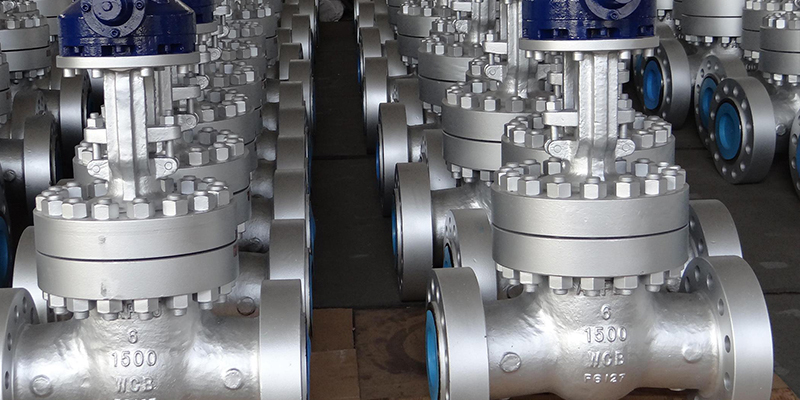
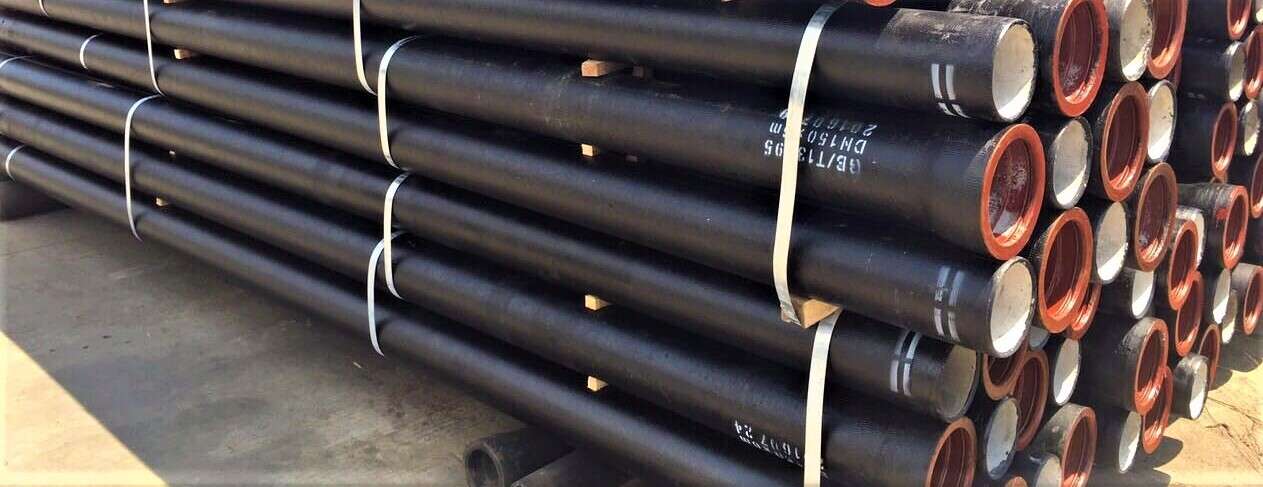


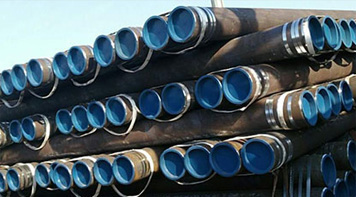 Eastern Steel Manufacturing Co.,Ltd not only improve product production and sales services, but also provide additional value-added services. As long as you need, we can complete your specific needs together.
Eastern Steel Manufacturing Co.,Ltd not only improve product production and sales services, but also provide additional value-added services. As long as you need, we can complete your specific needs together.
